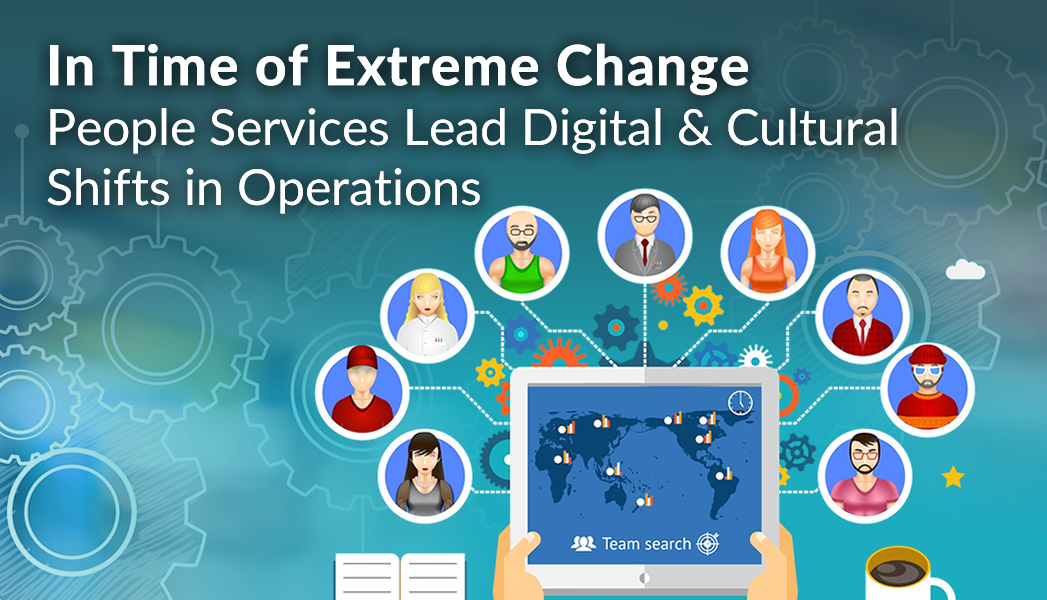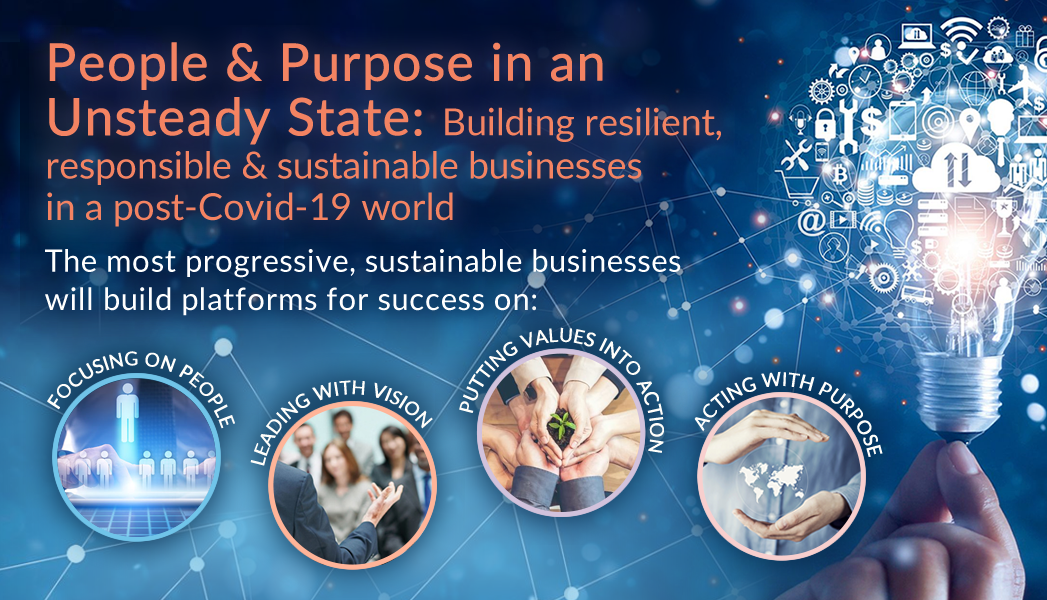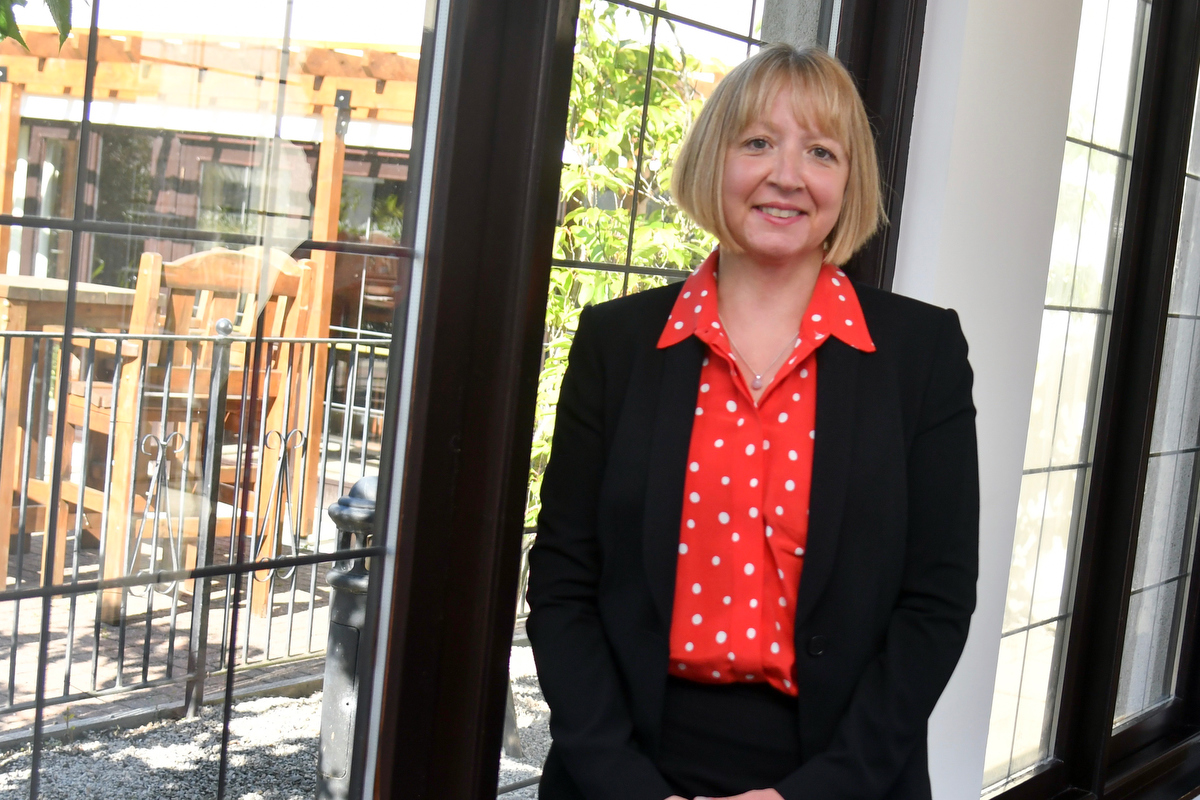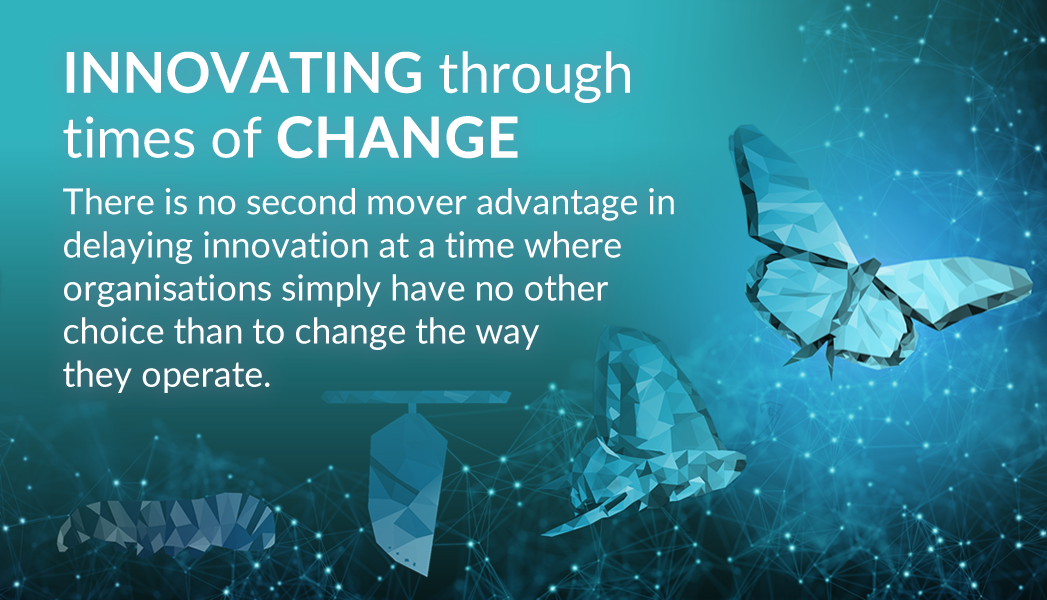
If you could wave a magic wand and have one wish granted, my guess would be that you'd ask for more time. Most of us would! We spend a huge proportion of our time just "surviving" - working to earn money to live, or doing jobs to try and make a better life for ourselves outside of work.
So what if I told you there is a way? A way to put that time back on the table. Would that interest you? If so, keep reading.
Back when computers were a new thing in companies, the world was told they would save us time doing our jobs, that we'd have paperless offices, and that we'd be working less than we've ever worked before. Perhaps that was just the stuff of sci-fi books I read as a kid, but it seemed to pervade into real life too.
The truth is that all too often software and technology has served to eat up more of our time, rather than to give it back. Some of that technology does it by accident. Those are the hundred different systems you have to use to do your job, designed badly, by someone who has never tried to sit in your chair, and who has never asked you any questions about the way you do your work. Some do it intentionally: social media is the prime example here - spend more time on Facebook, Instagram etc, and they can show more ads and generate more income.
How does that lead to agile? Let's start with what agile means in business. Agile is an iterative approach to project management, often used in software development, where requirements and solutions evolve through collaboration between people across different business functions, where those people self-propel their change process, focusing on the benefit they need.
What it means in practice is that you focus not just on your own job or process, but how it interacts with the rest of the business; who you talk to, give information to, receive information from and what happens beyond the boundaries that you can see. All that can be done without any technology, but software can and should be used to manage and govern the processes that come out of it.
You might currently have a process that requires a human check that you've added some numbers up in a spreadsheet correctly, before going to another manager to sign off and then on to another department to do something else with it. With software, you can ensure that the first person enters the numbers right, and it can go straight to the other department without involving the other two people in the old chain. The old chain was there because the technology wasn't up to the task of verifying, validating and providing governance over the process. We've seen so many occasions where something is double and triple checked by a person, only because there have been mistakes made in the past and rather than leveraging technology, we've used people as robots.
Now here's an interesting conundrum for you to think about: does practice make perfect, or does practice breed complacency? Studies show that there is an efficiency plateau followed by a large cliff. When we learn how to do something, we get progressively better at it, until such a time as we deem ourselves good enough or worse, better than, the process itself. Then we try and cut corners, thinking we're saving time. What we're actually doing is wasting time, because we're going to have to come back later to fix it. And in doing that we're going to have to multi-task, or context-switch. Humans don't actually multi-task - we're incapable of actually doing two different things at once. Or at least, we're incapable of doing two different things at once well.
Instead the answer lies in software, built right, fit for purpose, to solve a cross-functional problem the business has, and that you are trying to perform. Here's where agile fits right in. Instead of you trying to come up with all the possible things that this software needs to deliver you, just focus on the one. Don't multi-task! Make it work, and the requirements and solutions will evolve naturally from that. Focus not just on one role in the business. Software is no good at replacing people, and it should never be built for that purpose. It's there to serve the people, to make their lives easier, and to benefit them.
If you focus on, and deliver, one benefit at a time, you'll see a much faster rate of change, and a much faster rate of adoption across the business too as others see what you have achieved and buy in all of their own accord. You'll be able to quantify the value of the benefit in terms of ROI; the direct saving you make by not spending that time any more, and as a result, the potential uplift to the business because it can now be filled with more purposeful (and hopefully billable) work.
The intangible results you will see are happier staff (we see very emotional reactions to the software we build) who stay longer (lowering your hiring and training bill - the average cost of having to rehire after someone leaves is a staggering £130,000 in the UK, counting lost earnings, the impact on the remaining team, training, fees and the lack of productivity that new hire brings in the short to medium term). Those staff are less stressed and so their productivity goes up naturally (ever wondered why your team don't just work harder?)
Eventually, you will also see a transformation in the way your business model works. Where once, you made less profit per person for each hire you make (more management to manage the people, more expense to keep them happy, and the natural churn of staff), you're now making more profit per person for each hire, because each person you take on is better suited to the role, and the robots keep the ship moving.
So Agile: more time, more money, better people, better business. And if you don't? Well, that doesn't bear thinking about, does it?









